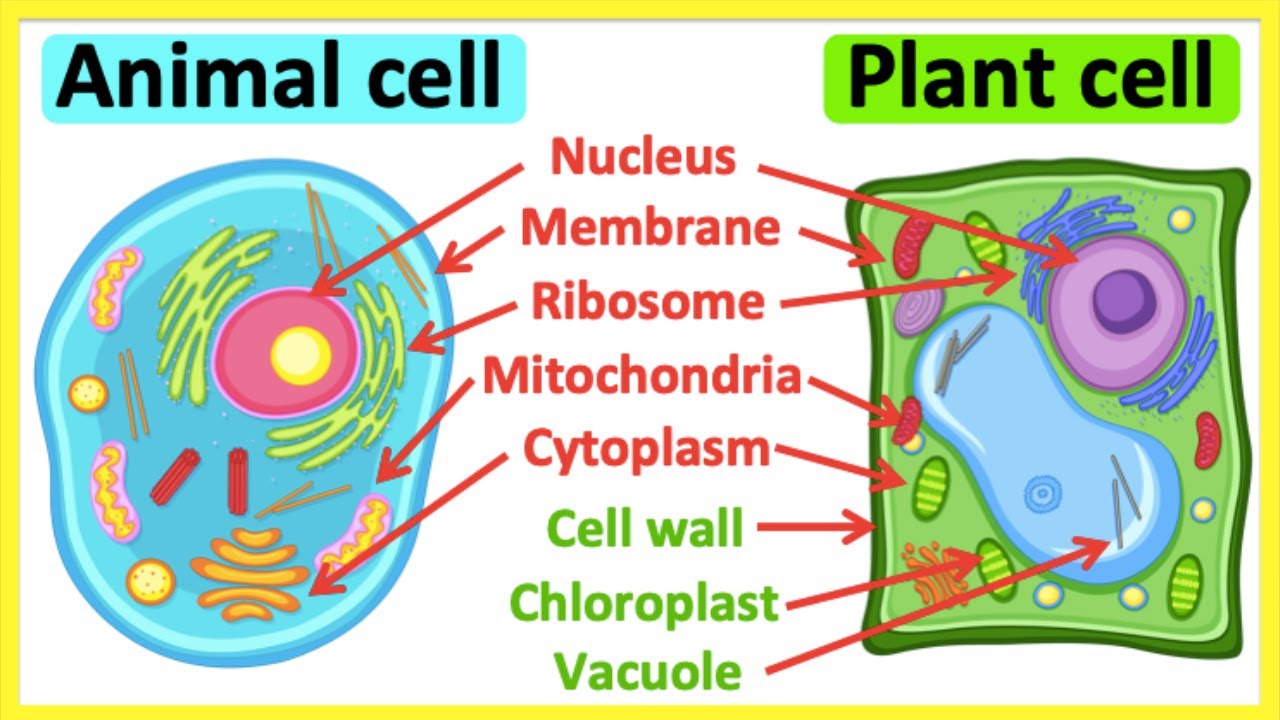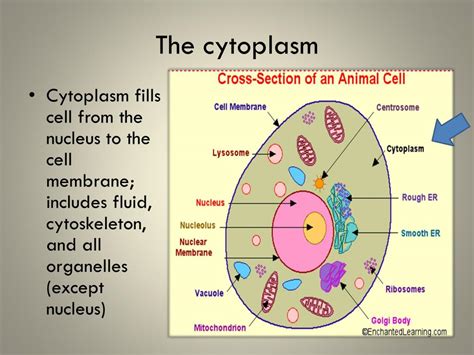Why Animal Cells Don't Have Chloroplasts

In the intricate world of biology, the unique characteristics of cells serve as the building blocks of life. Among these fascinating components, the differences between animal and plant cells stand out, with one notable distinction being the presence of chloroplasts. But why do animal cells lack these vital organelles? Let's delve into the scientific explanation behind this phenomenon.
The Role of Chloroplasts in Plant Cells

Chloroplasts are specialized organelles found exclusively in plant cells and certain types of algae. These remarkable structures play a pivotal role in the process of photosynthesis, a vital mechanism by which plants convert light energy into chemical energy in the form of glucose. This unique ability to harness sunlight allows plants to manufacture their own food, a feature that sets them apart from animals.
At the heart of chloroplasts lies the green pigment chlorophyll, which absorbs light energy and initiates the complex biochemical reactions of photosynthesis. This process involves the conversion of carbon dioxide and water into oxygen and glucose, a vital source of energy for plants. Through photosynthesis, plants not only sustain their own growth and development but also contribute significantly to the Earth's oxygen cycle, making them essential to the survival of all aerobic organisms.
Animal Cells: A Different Evolutionary Path

Unlike plant cells, animal cells have evolved along a different trajectory, devoid of the need for chloroplasts. As heterotrophs, animals rely on consuming pre-existing organic matter for their energy requirements, in stark contrast to the autotrophic plants that synthesize their own food. This fundamental difference in nutritional strategies is a key reason why animal cells lack chloroplasts.
Additionally, animal cells are characterized by their ability to move and respond to external stimuli, a feature that is facilitated by their unique cellular structure. Unlike the rigid, cell wall-bound plant cells, animal cells possess a flexible, fluid-like cell membrane that allows for motility and adaptation to diverse environments. This dynamic nature of animal cells is another aspect that distinguishes them from the more static plant cells.
The Evolutionary Advantage of Heterotrophy
The absence of chloroplasts in animal cells can be seen as an evolutionary advantage, given the challenges associated with maintaining these organelles. Chloroplasts, being descendants of photosynthetic bacteria, have a complex life cycle and require specific environmental conditions for optimal functioning. Animals, by virtue of being heterotrophs, are spared the metabolic burden of maintaining chloroplasts, allowing them to allocate their resources more efficiently towards other cellular processes.
Furthermore, the heterotrophic lifestyle of animals provides them with the flexibility to inhabit a wide range of environments, from the depths of the ocean to the peaks of mountains. By relying on external sources of organic matter, animals can adapt to diverse ecological niches, a trait that has contributed significantly to their evolutionary success and the remarkable diversity we observe in the animal kingdom today.
The Interdependence of Organisms
The absence of chloroplasts in animal cells underscores the intricate web of interdependence that exists among organisms in the natural world. While plants, with their chloroplasts, play a pivotal role in the ecosystem by producing oxygen and serving as a primary source of food for herbivores, animals, in turn, contribute to the ecosystem through their unique roles as predators, scavengers, and decomposers. This complex interplay of roles and dependencies is a testament to the remarkable diversity and balance that characterizes the natural world.
Future Perspectives

As our understanding of cellular biology deepens, the question of why animal cells lack chloroplasts continues to spark curiosity and investigation. While the current scientific consensus attributes this absence to the distinct evolutionary paths of animals and plants, ongoing research continues to explore the potential for artificial chloroplasts or the modification of animal cells to incorporate photosynthetic capabilities. These explorations not only advance our understanding of cellular biology but also open up new avenues for potential applications in fields such as renewable energy and environmental sustainability.
Conclusion
In conclusion, the absence of chloroplasts in animal cells is a testament to the diverse and fascinating world of cellular biology. This difference highlights the distinct evolutionary trajectories of animals and plants, with animals relying on their heterotrophic lifestyle and dynamic cellular structure, while plants harness the power of photosynthesis through their chloroplast-containing cells. As we continue to explore and uncover the intricacies of cellular biology, the question of why animal cells lack chloroplasts serves as a compelling reminder of the endless wonders and complexities of the natural world.
Why do only plants have chloroplasts and not animals?
+Plants possess chloroplasts because they are autotrophs, capable of synthesizing their own food through photosynthesis. Animals, being heterotrophs, do not require chloroplasts as they obtain their energy from consuming other organisms.
Can animal cells be modified to contain chloroplasts?
+Yes, it is theoretically possible to modify animal cells to contain chloroplasts through genetic engineering. However, such modifications would face significant challenges and would likely require extensive research and development.
What role do chloroplasts play in plant cells?
+Chloroplasts are vital for photosynthesis, a process that converts light energy into chemical energy in the form of glucose. This process not only provides plants with energy but also produces oxygen, making chloroplasts essential for the survival of all aerobic organisms.



